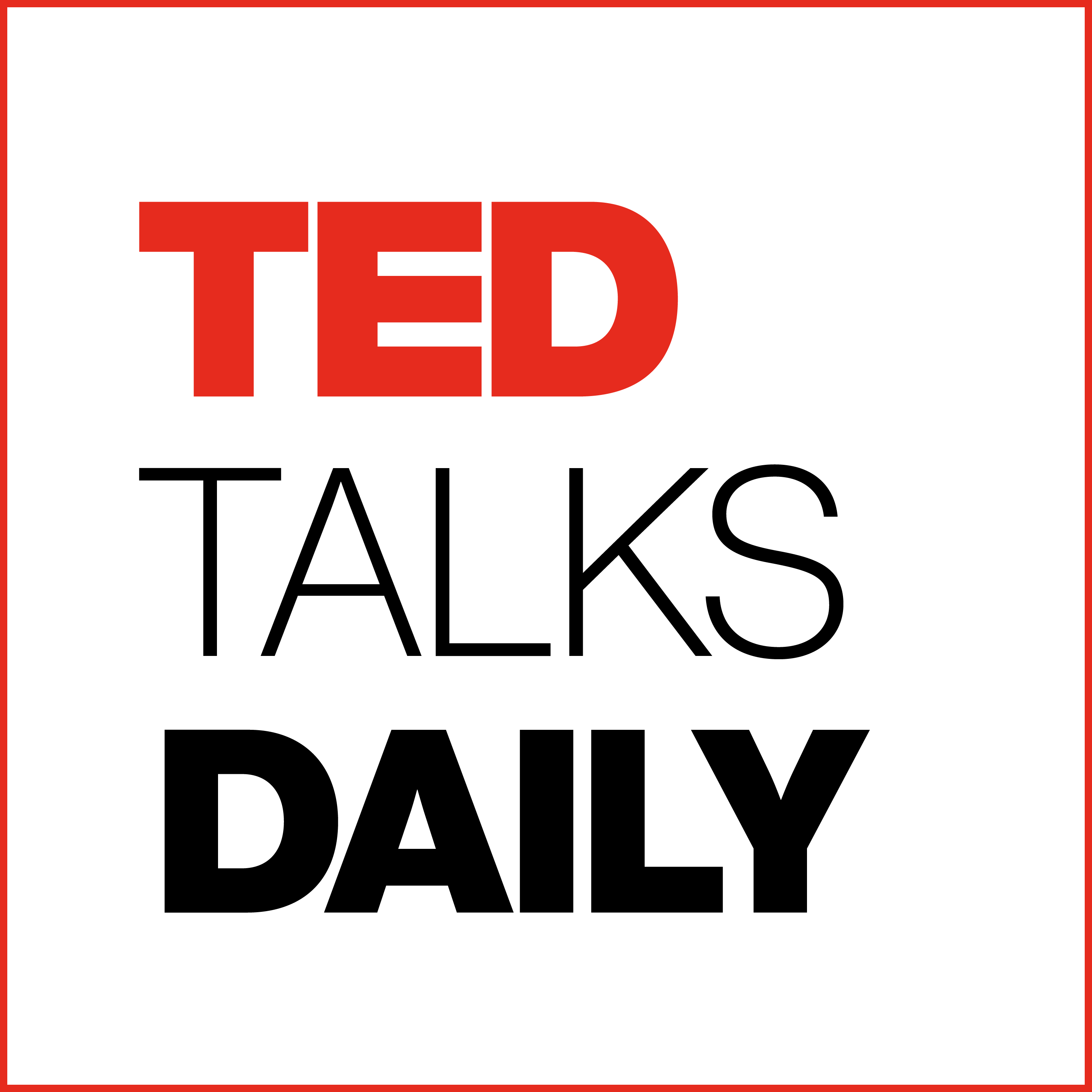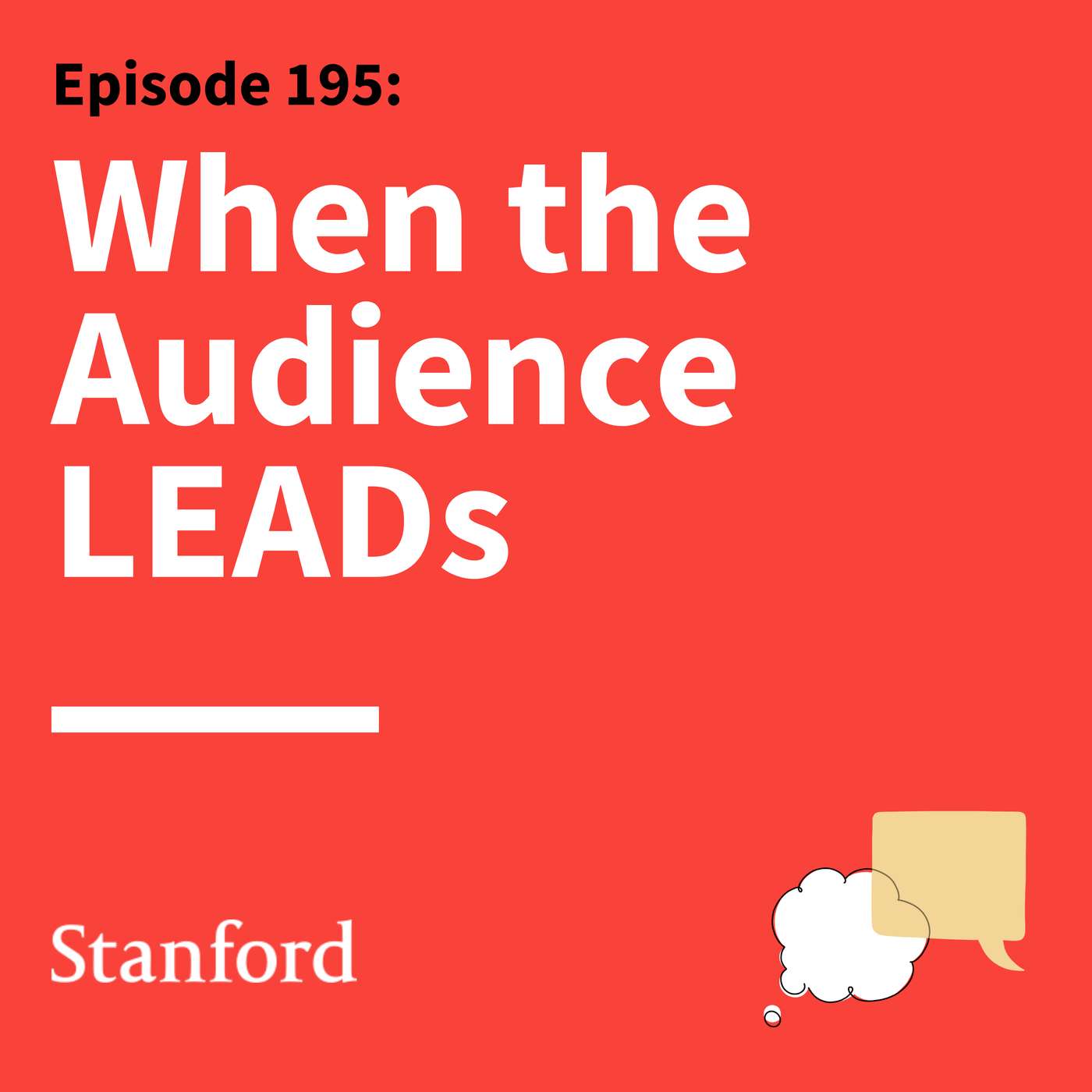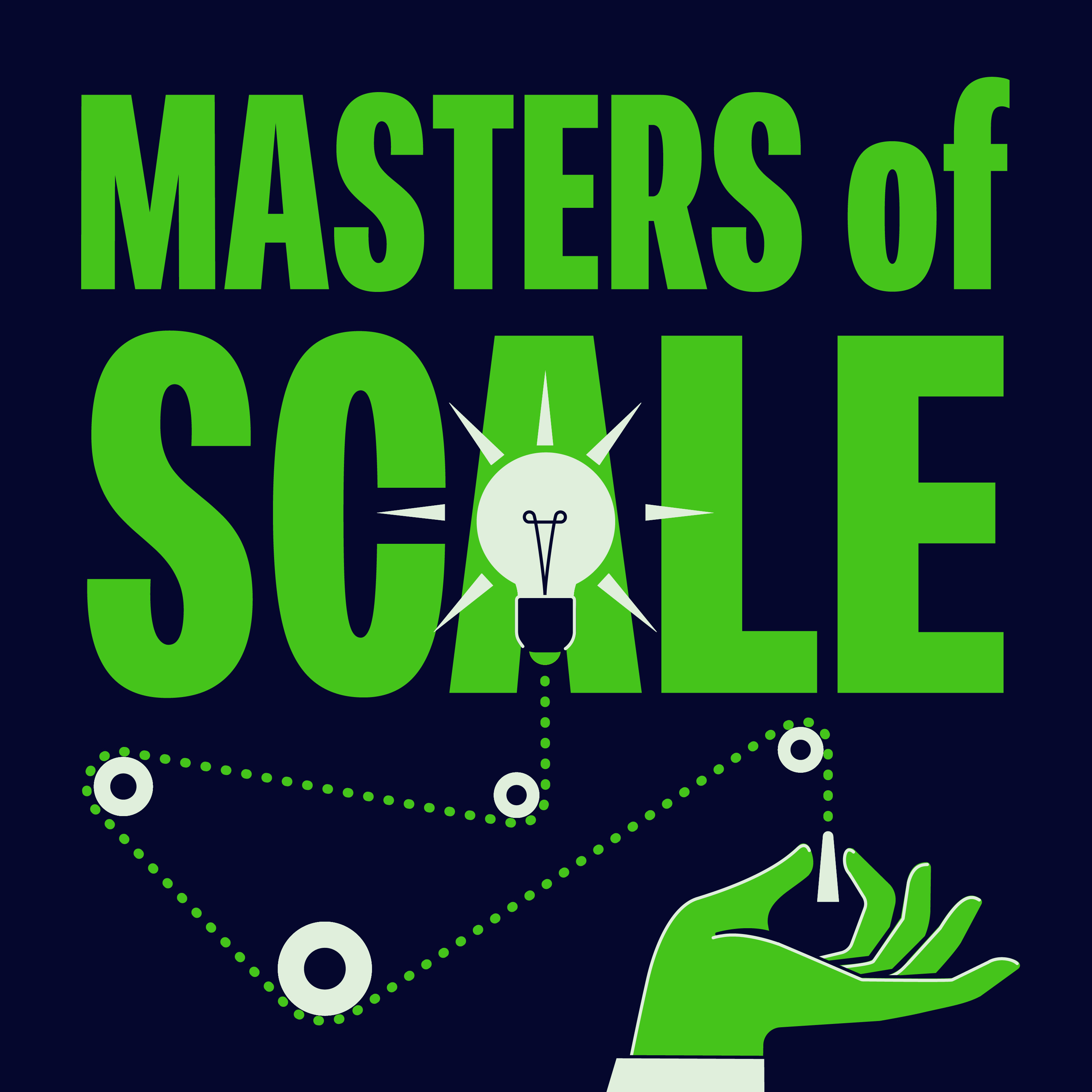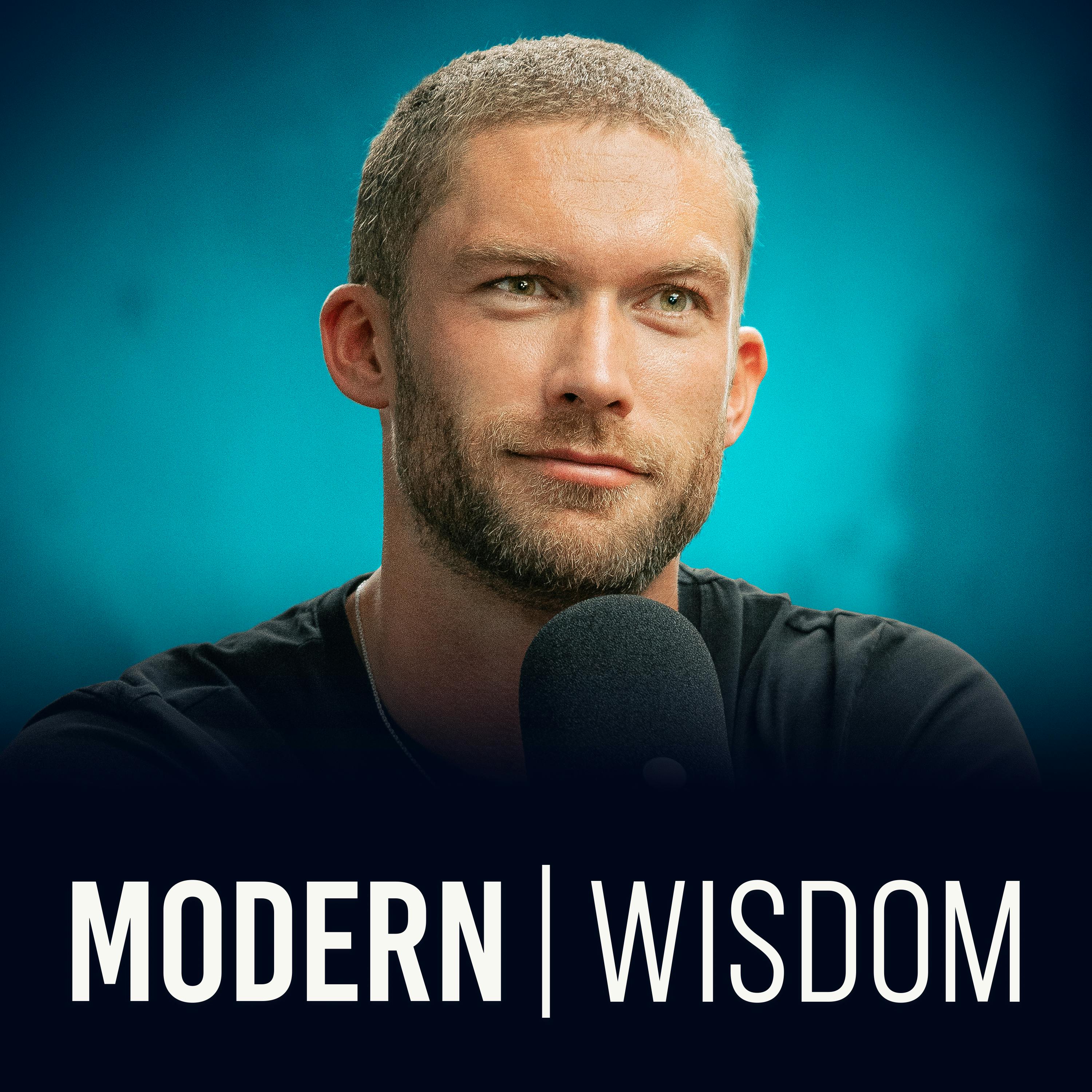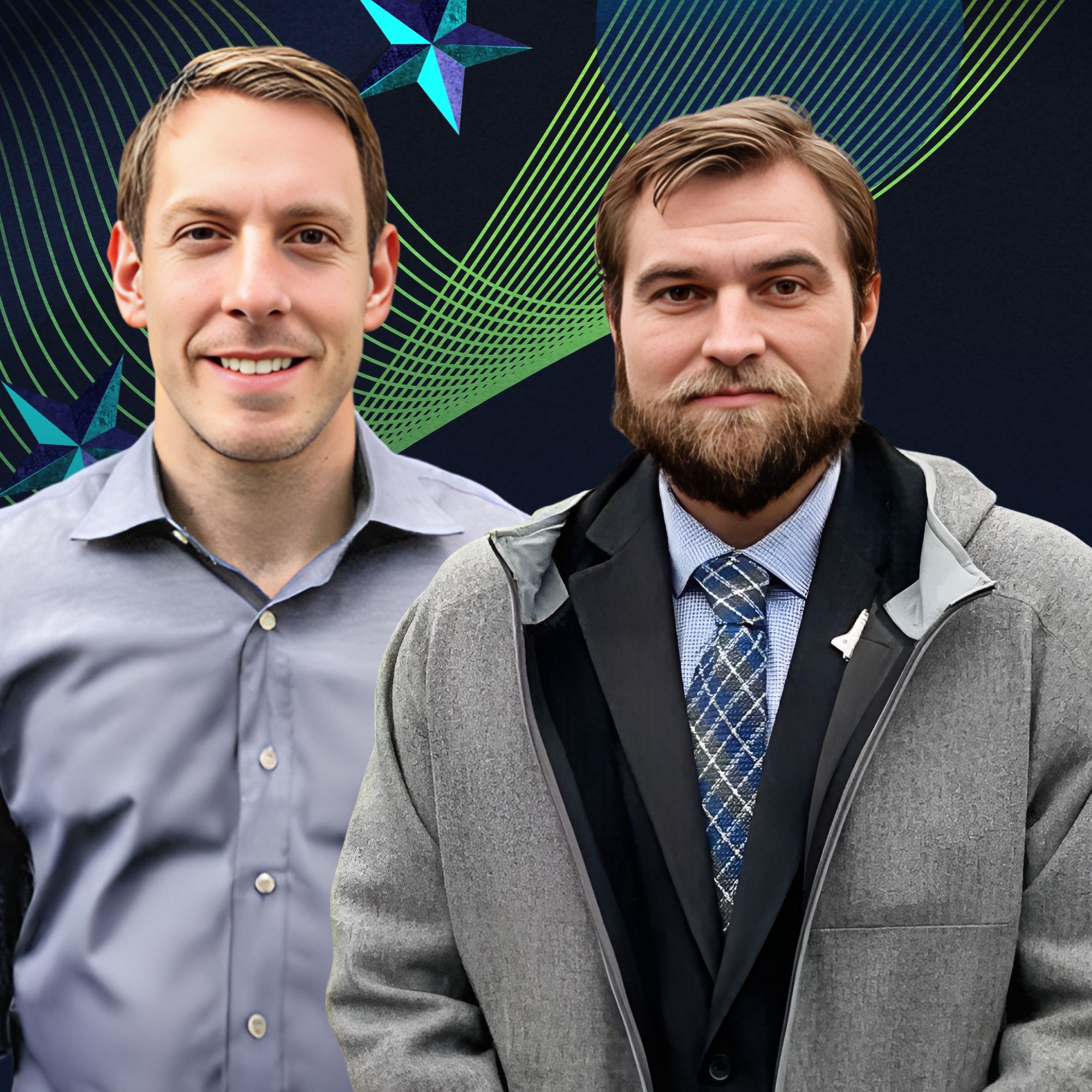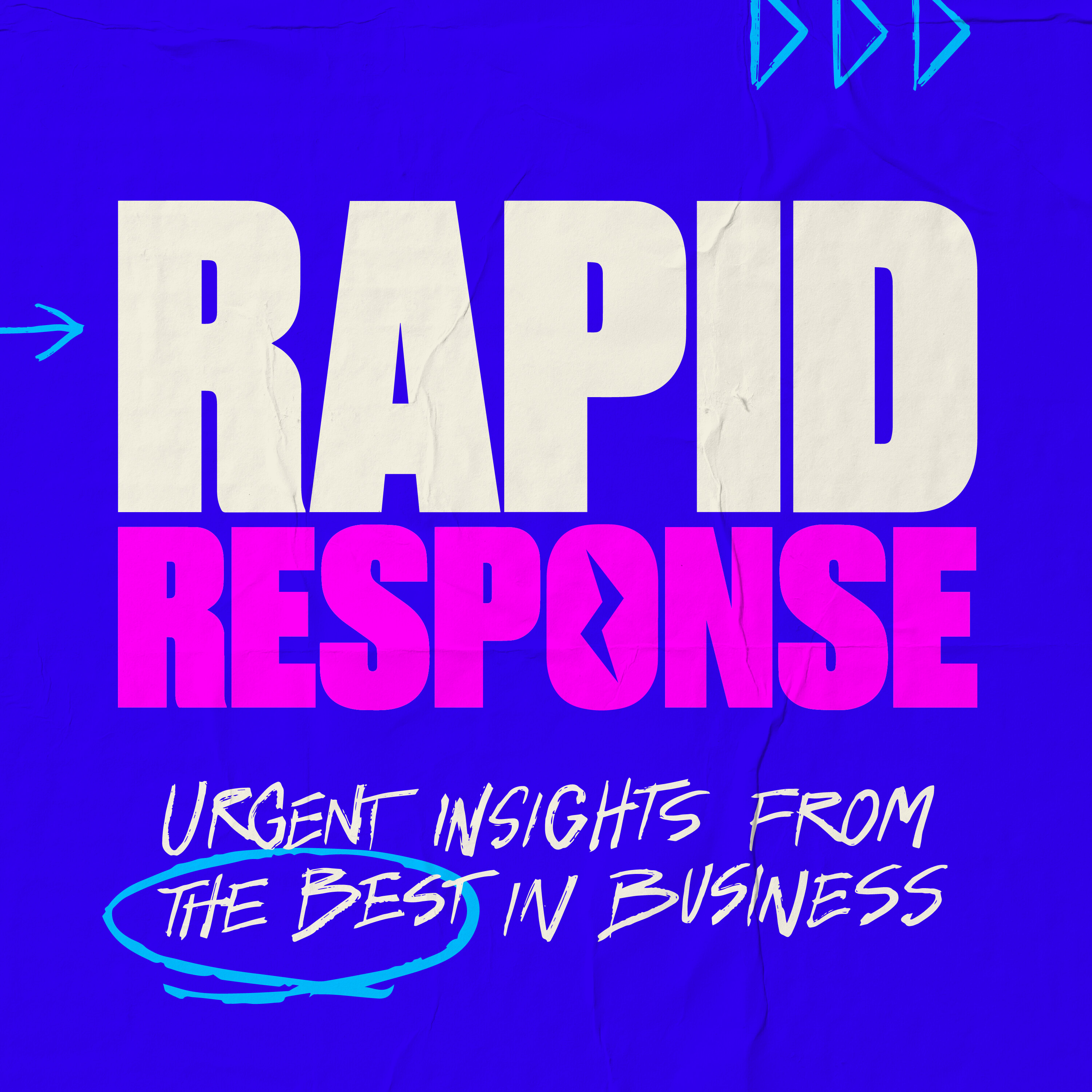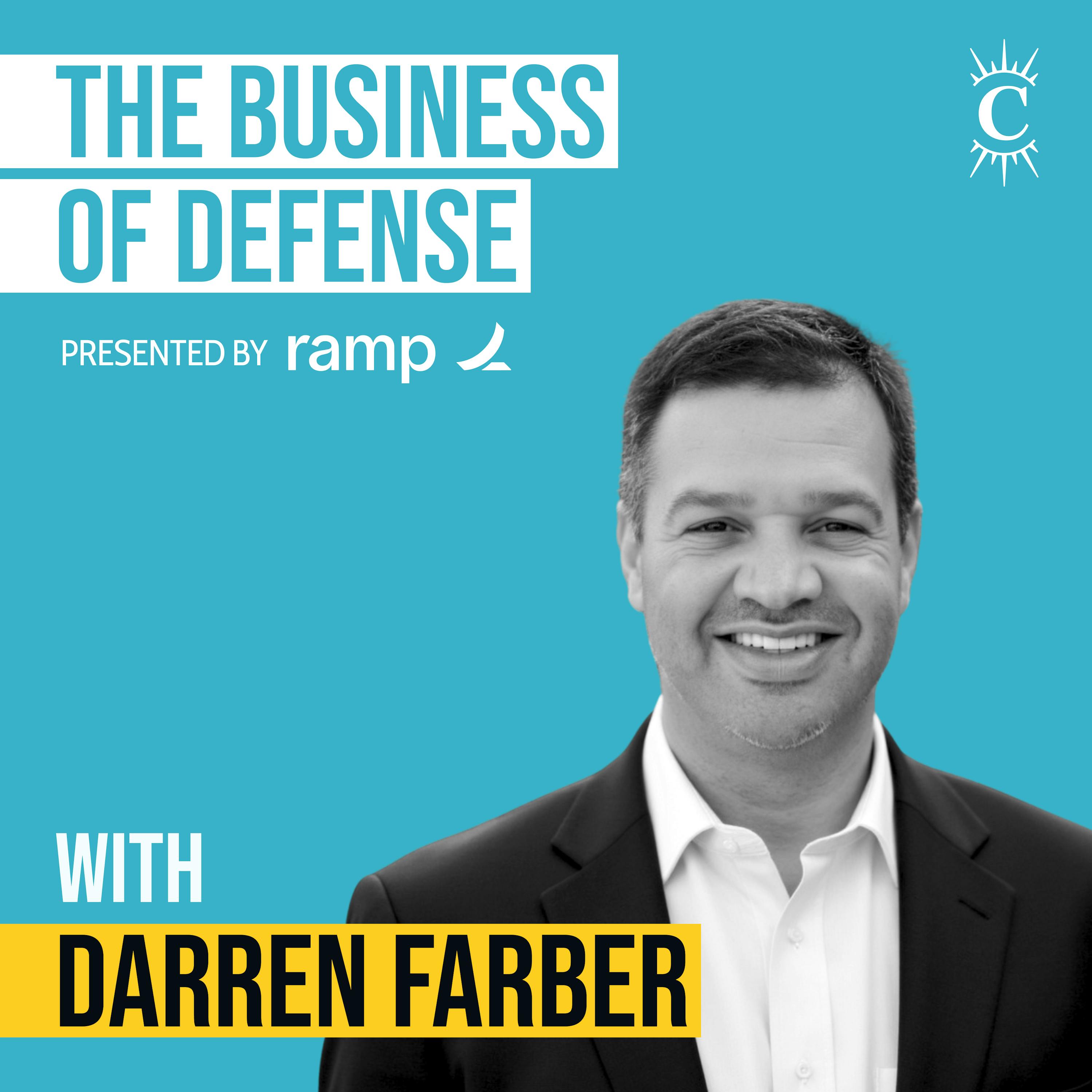My guest today is Darren Farber. Darren is a Managing Partner of Albion River, a private direct investment firm focused on acquiring companies that produce highly technical Defense Products & Services. He is a Former special advisor to the Deputy Under Secretary of Defense, a Former member of U.S. Department of Defense Task Force for Business and Stability Operations, and the list goes on and on. Darren is a wealth of knowledge in this space and someone I am grateful to have in the US corner. He shares his perspective on the changing role of the U.S. in global defense and how recent conflicts have shaped military technology and strategy. Darren explains his investment approach at Albion, focused on finding "one-of-one" suppliers and getting as close to the fundamental "molecules" as possible in defense technology. We discuss insights on evaluating the Taiwan situation, the lessons from Ukraine, how the defense budget is allocated, what investors can learn from defense primes, and why technological superiority remains America's greatest advantage. Please enjoy this discussion with Darren Farber.
Subscribe to Colossus Review.
For the full show notes, transcript, and links to mentioned content, check out the episode page here.
-----
This episode is brought to you by Ramp. Ramp’s mission is to help companies manage their spend in a way that reduces expenses and frees up time for teams to work on more valuable projects. Ramp is the fastest-growing FinTech company in history, and it’s backed by more of my favorite past guests (at least 16 of them!) than probably any other company I’m aware of. Go to Ramp.com/invest to sign up for free and get a $250 welcome bonus.
–
This episode is brought to you by Ridgeline. Ridgeline has built a complete, real-time, modern operating system for investment managers. It handles trading, portfolio management, compliance, customer reporting, and much more through an all-in-one real-time cloud platform. I think this platform will become the standard for investment managers, and if you run an investing firm, I highly recommend you find time to speak with them. Head to ridgelineapps.com to learn more about the platform.
–
This episode is brought to you by AlphaSense. AlphaSense has completely transformed the research process with cutting-edge AI technology and a vast collection of top-tier, reliable business content. Imagine completing your research five to ten times faster with search that delivers the most relevant results, helping you make high-conviction decisions with confidence. Invest Like the Best listeners can get a free trial now at Alpha-Sense.com/Invest and experience firsthand how AlphaSense and Tegus help you make smarter decisions faster.
-----
Editing and post-production work for this episode was provided by The Podcast Consultant (https://thepodcastconsultant.com).
Show Notes:
(00:00:00) Introduction and Show Overview
(00:06:23) The Changing Role of the US in Global Defense
(00:09:23) Evaluating Defense Budgets and Spending
(00:11:41) Commercial Technology in Defense
(00:15:37) Challenges and Innovations in Defense Procurement
(00:22:36) US Defense Strategy and Global Order
(00:37:34) The Future of Warfare
(00:42:13) Lessons from the Gaza Contingency
(00:44:44) Challenges in Defense Venture Capital
(00:47:36) The Importance of Responsible Parties in Defense
(00:51:06) Industrial Capacity and Defense Investments
(00:53:49) Lessons from US Defense Primes
(00:59:48) Supply and Demand in Defense Markets
(01:07:34) The Role of Net-Centric Warfare
(01:10:33) Hopes and Fears for the Future of Kinetic Warfare
(01:14:42) The Kindest Thing Anyone Ever Did For Darren

